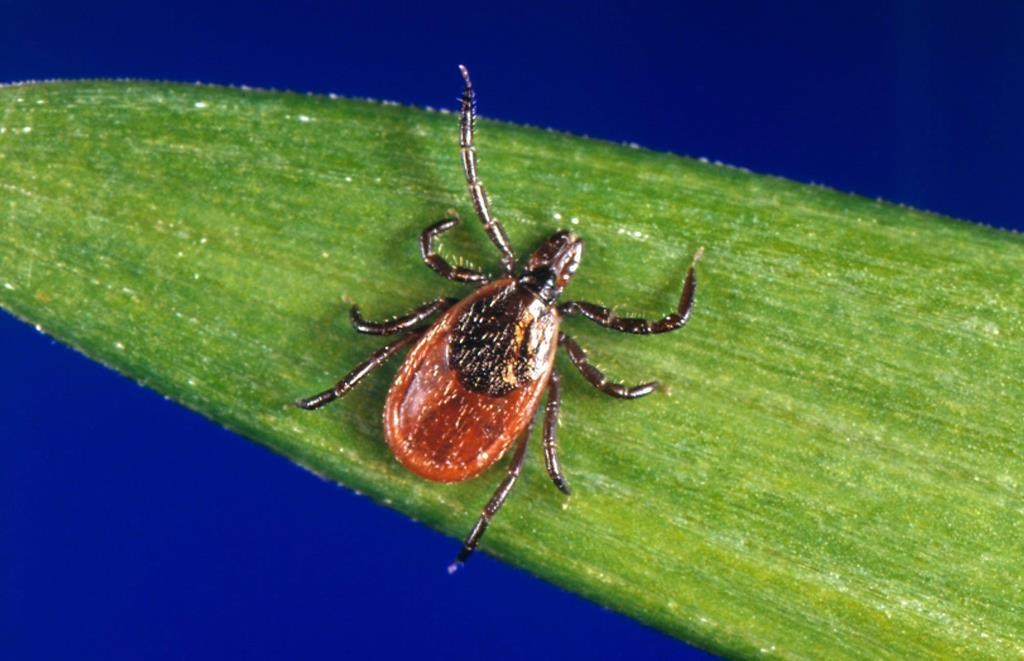Winnipeg’s mosquito numbers may be low this year (so far), but for another pest – ticks – Manitoba is a hot spot, according to a Canadian bug expert.

Dr. Steve Schofield told 680 CJOB tick populations have been steadily progressing northward over the years, and Manitoba is experiencing a similar situation to Ontario — where the parasites can now be found throughout the province.
“It wasn’t a big deal a couple of years ago, but ticks are persistent,” said Schofield.
“They move slowly and steadily and so now, you have a number of different areas in southern Manitoba up through Winnipeg where you have reasonably healthy populations of ticks.
“Those ticks have reasonably healthy populations of germs inside them that can make us sick.”
Schofield said ticks are active during ‘reasonably good’ weather — often starting in the spring while snow is still on the ground right through to the autumn.

Get weekly health news
“In terms of risk to you and I, probably the most worrisome time of year is the warmer months, because that’s when we’re going out and about, so we see peaks of cases in the late spring and the summer.”
Ways to keep yourself tick-free, he said, include wearing appropriate clothing that covers up any vulnerable areas, wearing light-coloured clothing to make any ticks easier to spot, using topical repellent, and simply being aware that the bloodsuckers are out there — and getting rid of them as quickly as possible.
“There’s basically two things you can do — you don’t get bit, and if you get bit, you get them off quick,” he said.
“No one likes getting bit, but you don’t want disease, and that’s the real thing.
Get ’em off quick and you shouldn’t get sick.”
Manitobans typically see two types of ticks — the brown-legged wood tick, and the black-legged deer tick. The latter is the one that can spread illnesses like Lyme disease.
If you’ve discovered a tick on your body and you think it’s of the potentially dangerous black-legged variety, the province has a Tick Checker service, where Manitobans can submit photos online of ticks they find.
The program, operated by Manitoba Health, Seniors and Active Living, isn’t intended to give any medical diagnosis of potentially tick-borne illnesses, but will notify people of next steps if they’ve found a black-legged tick.
“The purpose of the passive surveillance program is to help guide active surveillance efforts and to gain further information about the distribution of black-legged tick populations, activity periods and the presence of tick-borne diseases,” the health department says on the site.









Comments